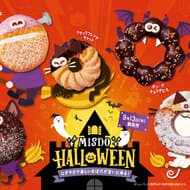
The origin of kamaboko is not clear, but it first appeared in the literature in 1115 (permanent 3 years). "Kamaboko" is introduced as a banquet dish in the books of the Heian period. Then 900 years. It has been popular at home as a food for congratulations, but the consumption of marine products including kamaboko is decreasing year by year due to changes in eating habits. There is no point in losing it when we reach the 1000th anniversary. From such a sense of crisis, he said that he decided to carry out this campaign, saying, "It's not a case of celebrating."

On the top screen of KAMABOKO ROAD TO 1000, Shishi Yamazaki, an artist who worked on LUMINE's video and became a hot topic, produced an animation that imagined a kamaboko 100 years later, that is, when it celebrates its 1000th anniversary. The animation, which corresponds to the top of one of the contents, "Kamaboko saves the earth," depicts a dashing run through a futuristic city like the world of science fiction, and the kamaboko looks cool.

We have also devised the contents that are being developed. Each is based on a "goal" that looks at kamaboko 100 years from now.
For example, "100 years later, kamaboko craftsmen will become more popular than Hollywood stars." Introduces a video of how kamaboko craftsmen finish various "kamaboko". Mold the kamaboko with a plate with a vivid hand, and make the two-colored dough "Naruto" with just a spatula. For some reason, the screen is divided into 12 parts, so you can take a closer look at each image, such as only the hands that move around, only the face of the craftsman who explains it plainly, only the machine and the wall that do not make slight movements behind (sometimes the craftsman passes by). Can be seen. Of course, when played all at once, it looks like a single video, but there is a slight time lag, and it shifts slightly. That is also interesting.
In addition, the site sells a limited number of "oldest kamaboko" made by reproducing the recipe 900 years ago with reference to the literature. Simply add salt to the fish, knead it, steam it, and bake it. It was stabbed on a skewer like Kiritanpo, and it seems that it had a "dull taste" without being "dipped out" as it is today. Whether it's delicious or not, I'm wondering what it tastes like. I'm sure that the kamaboko we know is a different food.
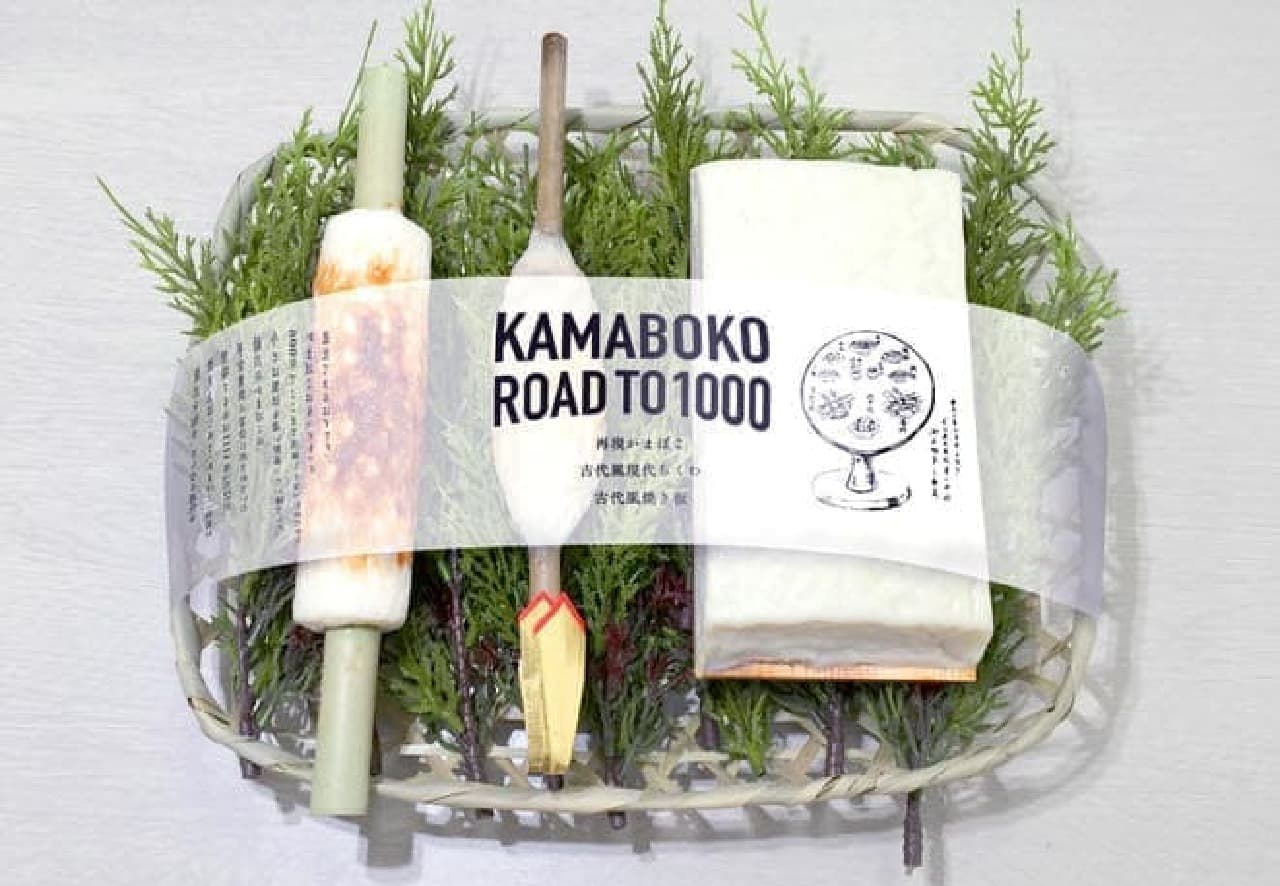
By the way, I myself stopped eating plated kamaboko. It's just like pinching the red and white kamaboko of New Year dishes. I used to eat a lot when I was at my parents' house. It is a good memory that I often worked with kamaboko boards. Recently, it seems that it is also used as a DIY material. If the kamaboko disappears, this convenient material will disappear.
Unfortunately, I don't think I can celebrate the 1000th anniversary, but at least I'll imagine a future in which kamaboko will run around in a cool way, and tonight I'll drink it as a snack.




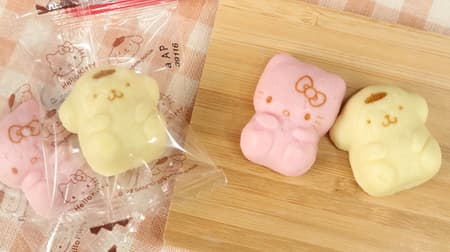
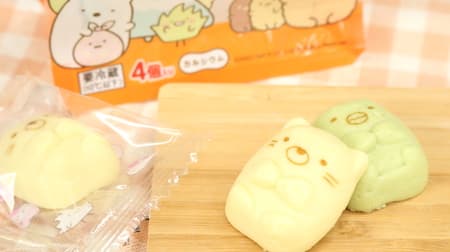

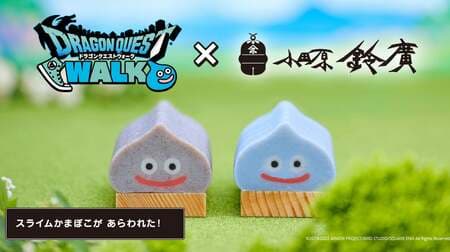
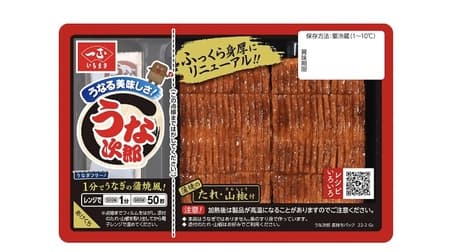
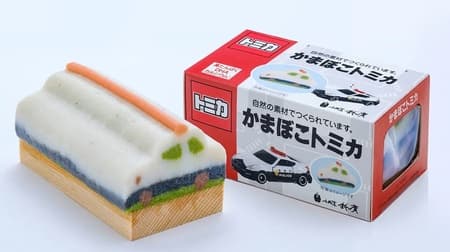

![[Tasting] Suzuhiro "Seasonal Kamaboko Sweet Potato" Autumn / Winter Limited! The sweetness of Anno potatoes that spreads slightly is exquisite](https://image.entabe.jp/upload/articles/43561/0daa5ae9e7a21ac1d61f40c81a959811_special.JPG)



